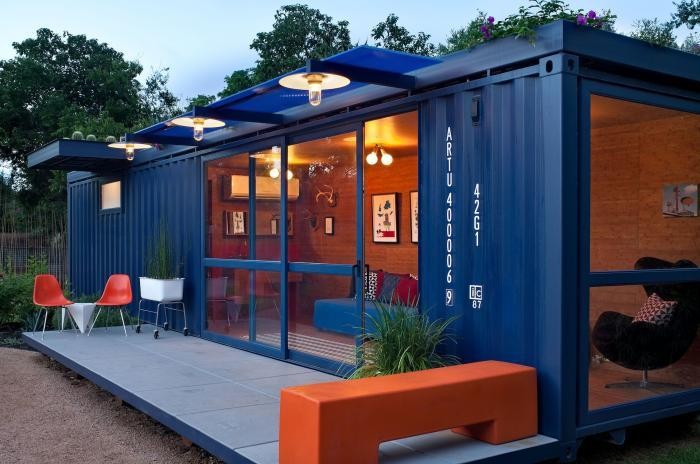Gardening is one of the most popular hobbies in the United Kingdom, and it comes with a slew of advantages. You can take a break from technology and spend more time in nature. Take a deep breath and begin cultivating your own food. You never know, maybe next year you’ll be self-sufficient. Polytunnel farming is an excellent way to ensure that your favourite vegetables are available all year.
Here’s a simple guide to getting the most from your polytunnel.
Size and placement
You need to think about the size of your garden before you purchase a polytunnel. There needs to be enough space, flat ground and sunlight. North facing gardens tend to have more shade throughout the day. You might be better off with shade-loving plants than a vegetable patch. Consider whether you have the time to maintain a vegetable patch and the resources to do so. If you have more time, you may invest in a larger polytunnel to accommodate more plants. It is entirely dependent on your garden and personal preferences.
Customise your polytunnel
One of the biggest advantages of polytunnels is that they can be easily customised to fit your gardening needs. You might need raised beds or extra irrigation. You could install an irrigation system to keep the soil healthy and moist. If your polytunnel is in direct sunlight for the majority of the day, you would have to consider extra ventilation. If you ever have issues growing vegetables in your polytunnel, accessories can make it hundred times easier.
What can you grow in the polytunnel?
Each vegetable is a new challenge to test your gardening abilities. Most vegetables will grow in the polytunnel – from tomatoes and cucumbers to aubergines and squash. You could try some more exotic tropical fruits, like peaches and nectarines as well. Besides, imagine if you could grow your favourite fruit and veg all year round? Delicious.
Get the most out of your polytunnel
Gardening often comes down to timing and weather. Look at the current weather patterns and projections to find the perfect time to sow and plant your vegetables. You might not have any vegetables this year if you plant them at the incorrect time.
Before planting any seeds, consider how much space your crop will need while growing. It is important to leave gaps so that your fruit and vegetables can germinate and develop.
Think about the layout of your plants and make it easy for yourself to move around. Keep in mind that you’ll be spending a lot of time watering and caring for your plants.
Keep an eye on your vegetable patch and look for symptoms of a pest infestation. Polytunnels are an excellent technique to keep rabbits and pigeons away from your crops. However, pests can still become a problem over time.
Grow your first batch of vegetables this year, and enjoy fresh food all year round.














